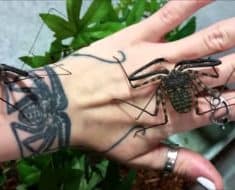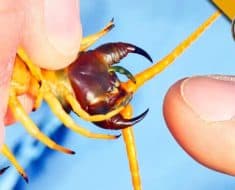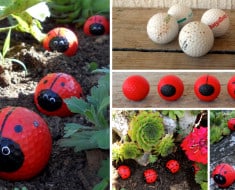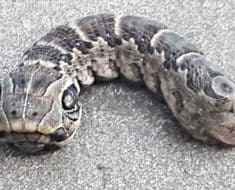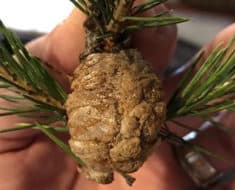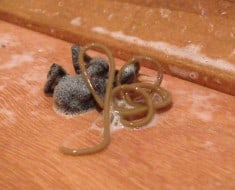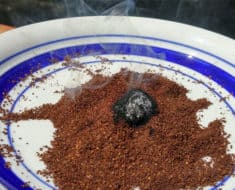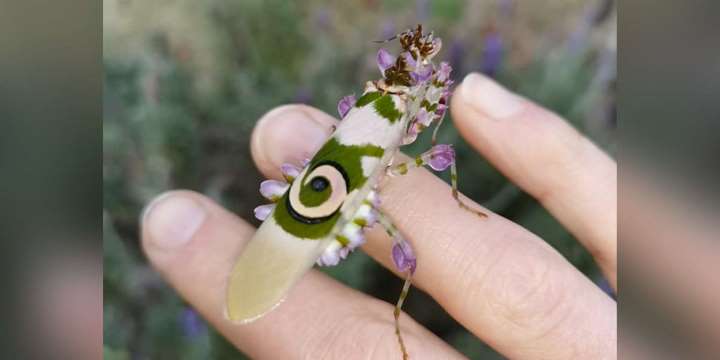
Margaret Neville was taking a walk through her garden in South Africa when she came across a bug that she had never seen before. Neville told The Dodo, “I was amazed at first sight”.
And we can see why she was so amazed!
Make sure to scroll to the bottom for more gorgeous images of this species accompanied by some interesting facts about them!

Margaret Neville
The insect looks like something from a beautiful, Victorian painting. Elegant swirls, purple flower like accent around the head and legs. How cool is this little guy…or gal?
Neville came to learn that the insect was aptly called a “Flower Mantis,” a type of praying mantis that is brilliant at camouflaging themselves in floral settings.
When Neville found the insect, she found it resting on a lilac branch, blending in quite well.
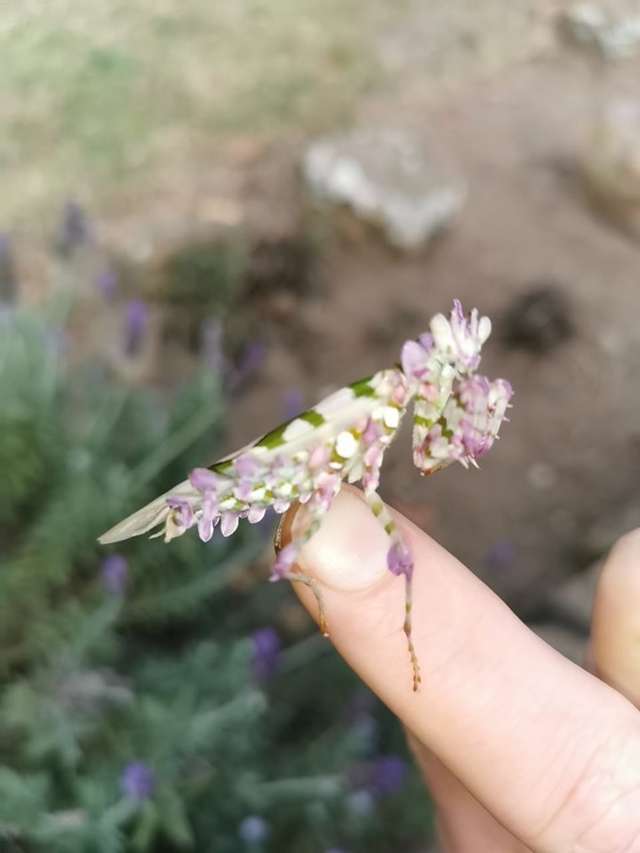
One day, Neville was checking in on her new little friend and noticed her friend, had a new friend!
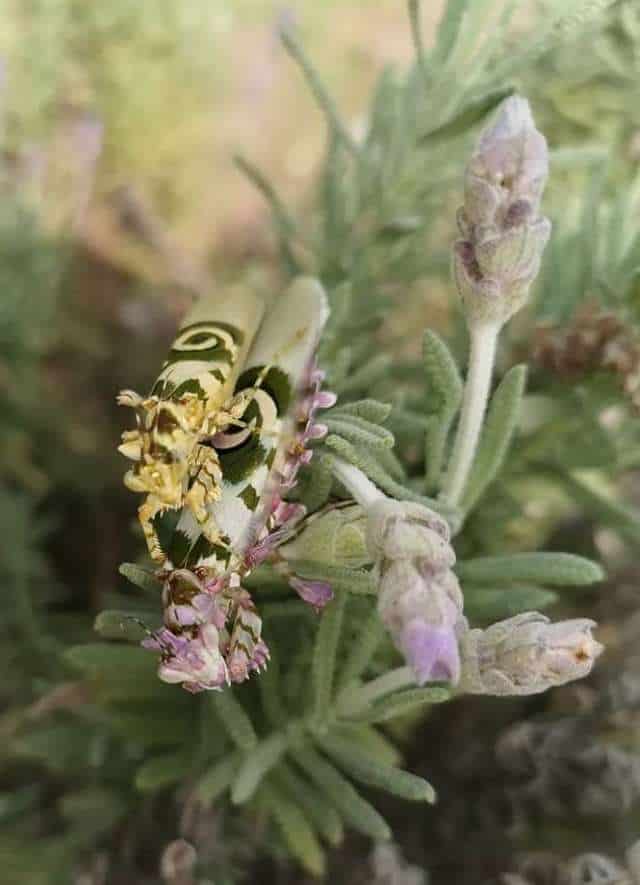
Looks like these two will be ensuring that this species of praying mantis stays in existence for some time to come!
Neville stated: “She has spent the entire month of September living on my lavender,” “She is still there now.”
Such a beautiful creature! It’s truly mind flowing how insects like this were created and adapted to their surroundings in order to ensure their upmost safety.
Here are some incredible images of various Flower Mantis’ and some information about them!
Flower mantises are those species of praying mantises that mimic flowers. Their coloration is an example of aggressive mimicry, a form of camouflage in which a predator’s colors and patterns lure prey. Most species of flower mantises are in the family Hymenopodidae. Their behaviors vary, but typically involve climbing a plant, and then staying still until a prey insect comes within range (ambush predation). Many species of flower mantises are popular as pets.
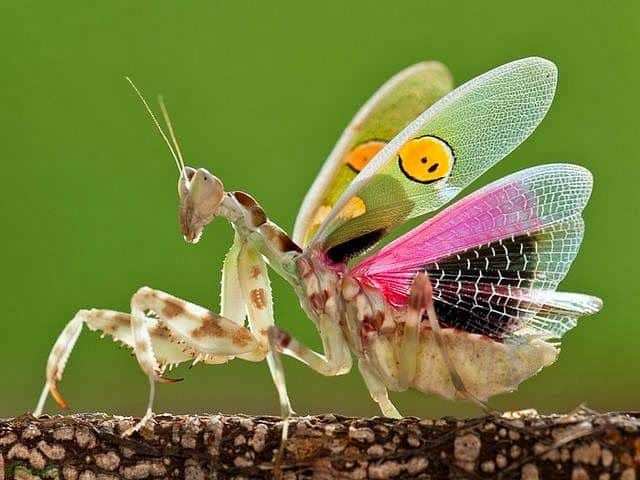
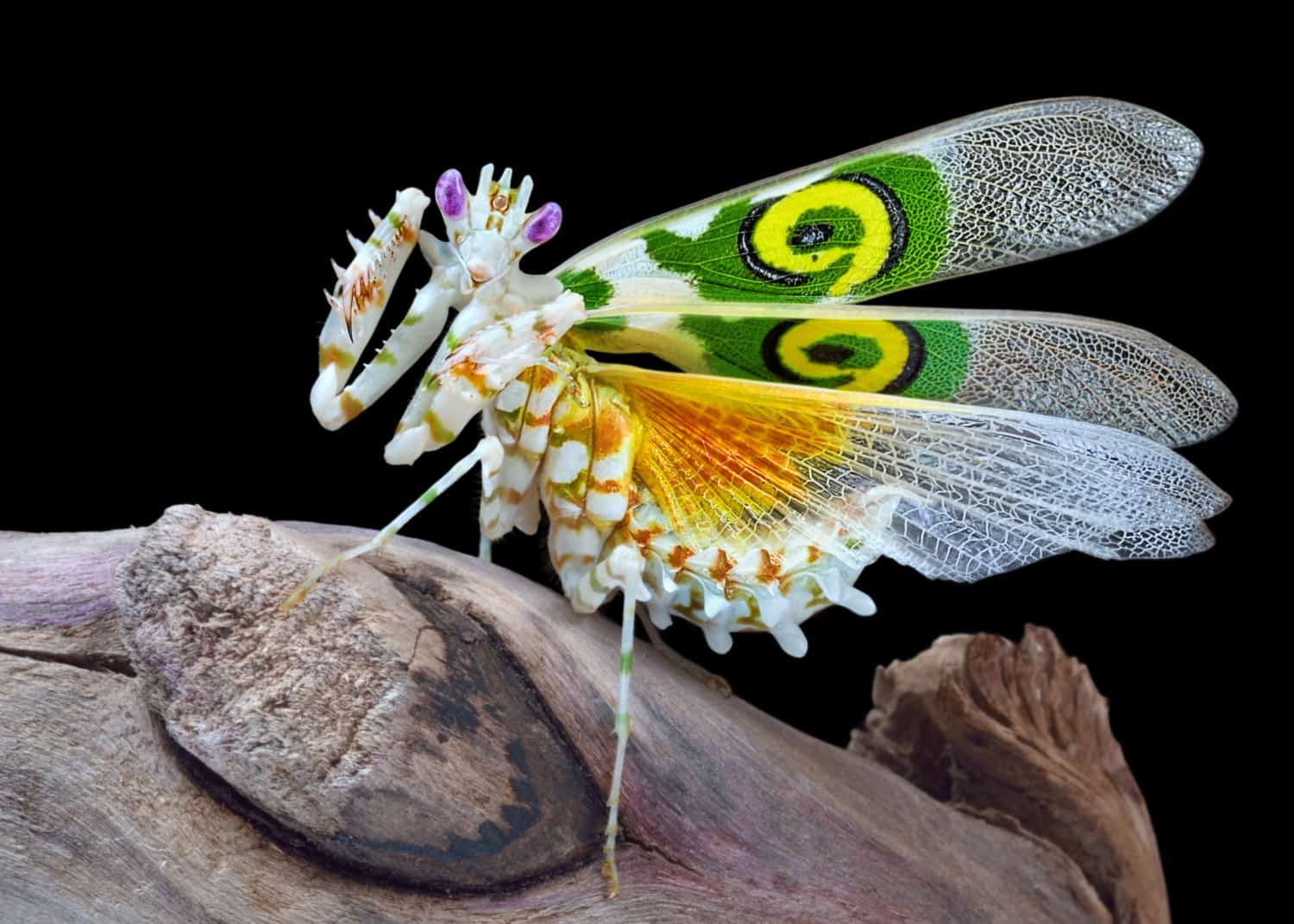
The orchid mantis, Hymenopus coronatus, of Southeast Asia mimics an orchid flower. It remains motionless on the plant until prey arrives. The same camouflage it uses to catch prey, also protects them from predators!
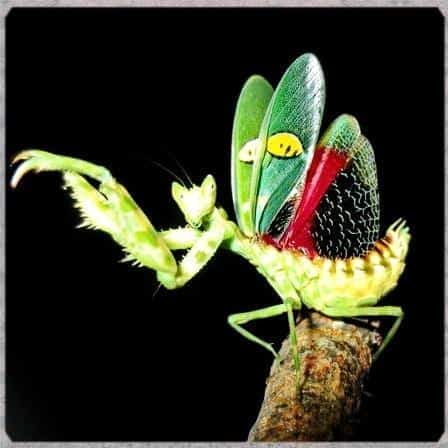
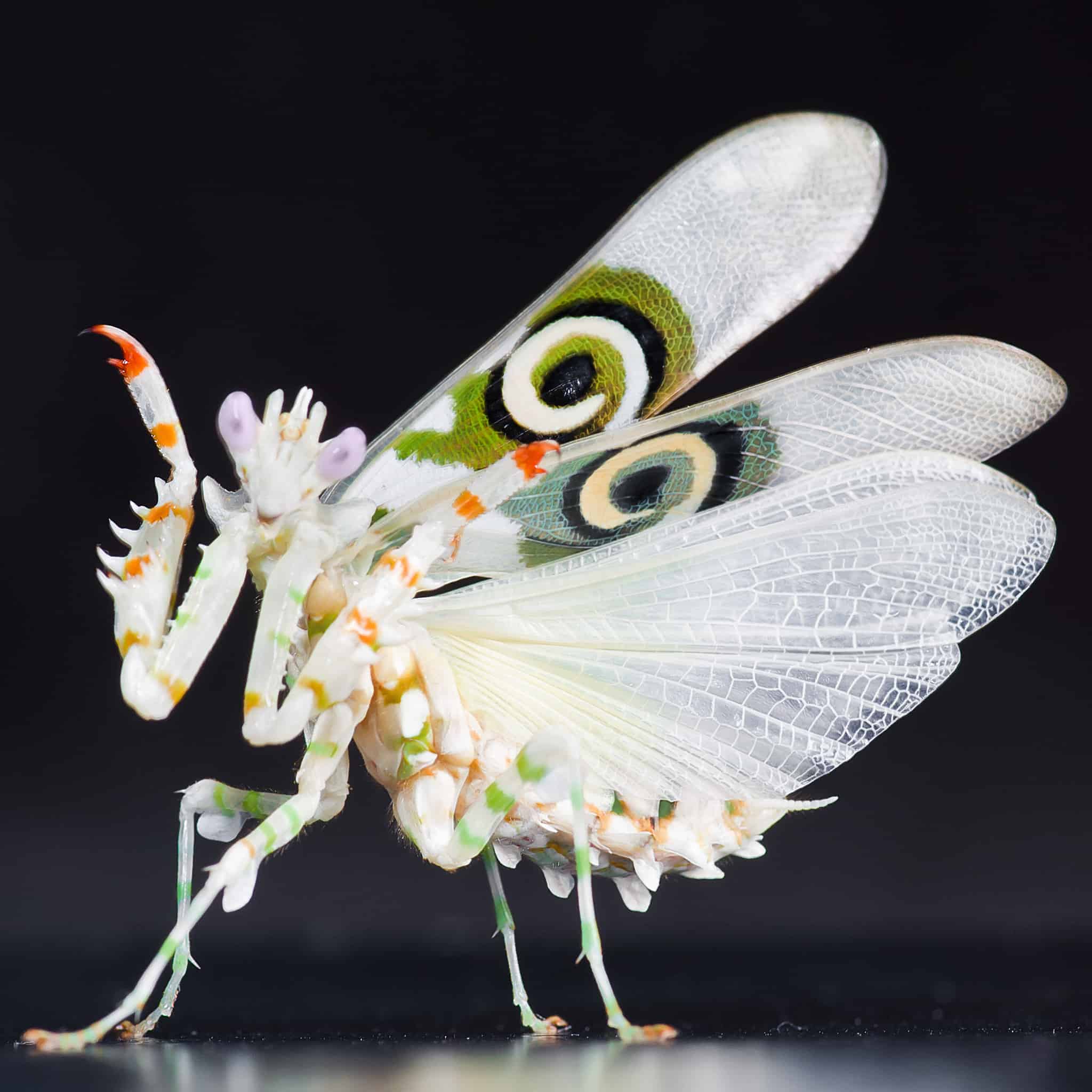
The mantis climbs up twigs of plants and stands imitating a flower and waits for its prey patiently. It then sways from side to side, and soon various small flies land on and around it, attracted by the small black spot on the end of its abdomen, which resembles a fly. When a larger dipteran fly, as big as a house fly, landed nearby, the mantis at once seized and ate it. More recently (2015), the orchid mantis’s coloration has been shown to be an effective mimic of tropical flowers; and it has been demonstrated to attract pollinators (as if it were a flower) and then to catch them.










